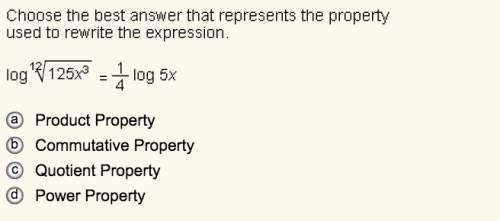
Mathematics, 13.02.2020 20:46 PBWaffles4864
1. Consider the following hypotheses:
H1 : ∃x (p(x) ∧ q(x)) H2 : ∀x (q(x) → r(x))
Use rules of inference to prove that the following conclusion follows from these hypotheses:
C : ∃x (p(x) ∧ r(x))
Clearly label the inference rules used at every step of your proof.
2. Consider the following hypotheses:
H1 : ∀x (¬C(x) → ¬A(x)) H2 : ∀x (A(x) → ∀y B(y)) H3 : ∃x A(x)
Use rules of inference to prove that the following conclusion follows from these hypotheses:
C : ∃x (B(x) ∧ C(x))
Clearly label the inference rules used at every step of your proof.
3. Consider the following predicate quantified formula:
∃x ∀y (P (x, y) ↔ ¬P (y, y))
Prove the unsatisfiability of this formula using rules of inference.

Answers: 1


Other questions on the subject: Mathematics


Mathematics, 21.06.2019 16:30, happy121906
Astandard american eskimo dog has a mean weight of 30 pounds with a standard deviation of 2 pounds. assuming the weights of standard eskimo dogs are normally distributed, what range of weights would 99.7% of the dogs have? approximately 26–34 pounds approximately 24–36 pounds approximately 28–32 pounds approximately 29–31 pounds
Answers: 1

Mathematics, 21.06.2019 17:00, evelynnn452
Ataxi company charges $2.25 for the first mile and then $0.20 per mile for each additional mile, or f = $2.25 + $0.20(m - 1) where f is the fare and m is the number of miles. if juan's taxi fare was $6.05, how many miles did he travel in the taxi? if juan's taxi fare was 7.65, how many miles did he travel in taxi
Answers: 1

Mathematics, 21.06.2019 19:00, eparikh7317
Rob spent 25%, percent more time on his research project than he had planned. he spent an extra h hours on the project. which of the following expressions could represent the number of hours rob actually spent on the project? two answers
Answers: 1
You know the right answer?
1. Consider the following hypotheses:
H1 : ∃x (p(x) ∧ q(x)) H2 : ∀x (q(x) → r(x))
...
H1 : ∃x (p(x) ∧ q(x)) H2 : ∀x (q(x) → r(x))
...
Questions in other subjects:

Mathematics, 23.06.2021 18:30

Mathematics, 23.06.2021 18:30




Mathematics, 23.06.2021 18:30

Mathematics, 23.06.2021 18:30

Mathematics, 23.06.2021 18:30


Mathematics, 23.06.2021 18:30




